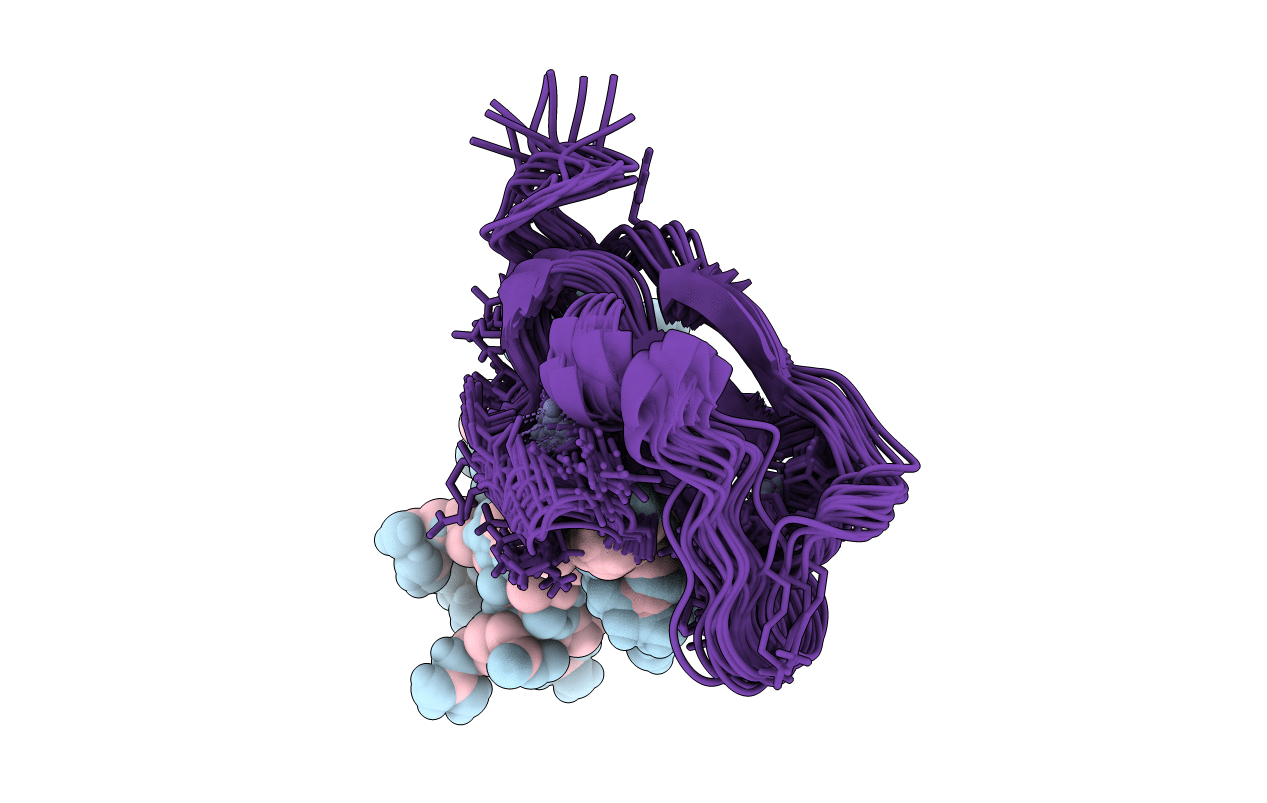
Deposition Date
2018-07-27
Release Date
2018-09-19
Last Version Date
2024-10-16
Entry Detail
PDB ID:
6E86
Keywords:
Title:
Solution structure of ZZZ3 ZZ domain in complex with histone H3K4ac peptide
Biological Source:
Source Organism:
Homo sapiens (Taxon ID: 9606)
Host Organism:
Method Details:
Experimental Method:
Conformers Calculated:
100
Conformers Submitted:
20
Selection Criteria:
structures with the lowest energy


